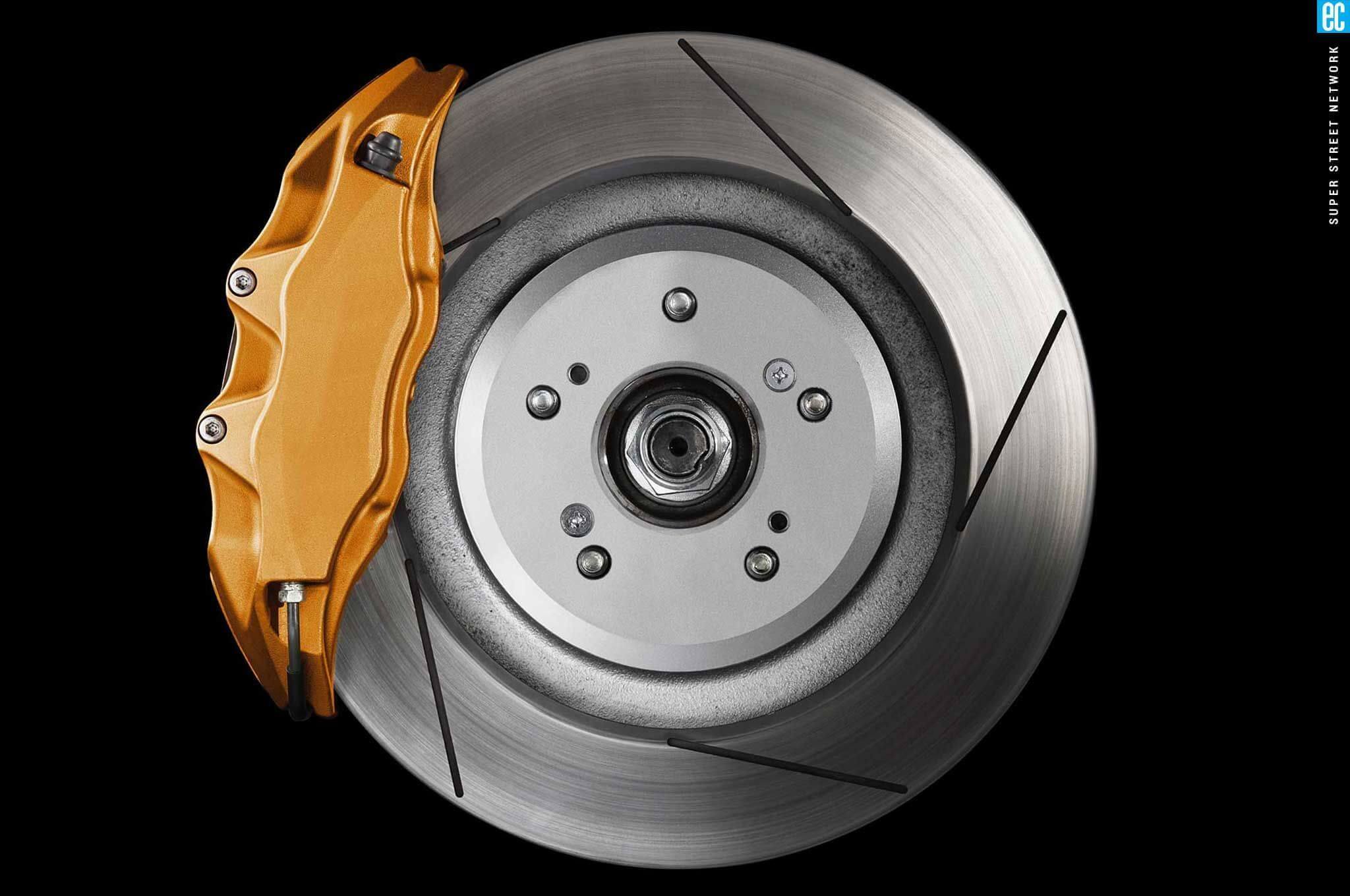Brake Pads And Rotors For Hyundai Elantra

The Hyundai Elantra, a stalwart in the compact car segment, is known for its reliability, fuel efficiency, and value. However, like any vehicle, regular maintenance is crucial to keep it running smoothly. One of the most important maintenance items is the brake system, specifically the brake pads and rotors. This article provides a comprehensive guide to understanding brake pad and rotor replacement on the Elantra, covering everything from identifying wear signs to choosing the right components and understanding the replacement process.
Understanding Your Elantra's Brake System
The Elantra's brake system is a hydraulic system. When you press the brake pedal, it actuates a master cylinder, which then pressurizes brake fluid. This fluid travels through lines to the calipers located at each wheel. The calipers then squeeze the brake pads against the rotors (also known as discs), creating friction and slowing the vehicle. Over time, the brake pads wear down due to this friction, and the rotors can also become worn, warped, or damaged.
Recognizing the Signs of Brake Wear
Knowing when to replace your Elantra's brake pads and rotors is crucial for safety and preventing further damage. Here are some common warning signs:
- Squealing or grinding noises: This is often the first and most obvious sign. Many brake pads have a built-in wear indicator that creates a high-pitched squeal when the pads are nearing the end of their life. Grinding noises indicate that the pads are completely worn, and the metal backing plate is rubbing against the rotor.
- Reduced braking performance: If you notice that it takes longer to stop, or the brake pedal feels spongy, it could be a sign of worn brake pads or damaged rotors.
- Vibration or pulsation when braking: This can indicate warped rotors. When the brakes are applied, the warped rotor causes the caliper to vibrate, which translates to a pulsation felt through the brake pedal.
- Visible wear on the brake pads: You can often visually inspect the brake pads through the wheel. If the friction material is thin (less than 1/4 inch), it's time for replacement.
- Uneven brake pad wear: This can be caused by a sticking caliper piston or other issues. It's important to address the underlying cause of uneven wear to prevent premature failure of the new brake pads.
Choosing the Right Brake Pads and Rotors for Your Elantra
Selecting the correct brake pads and rotors for your Hyundai Elantra is essential for optimal performance and safety. Several factors should be considered:
- Material: Brake pads come in various materials, including organic, semi-metallic, and ceramic. Organic pads are the quietest but wear the fastest. Semi-metallic pads offer good braking performance and durability. Ceramic pads are the most expensive but provide excellent braking, low dust, and long life. The choice depends on your driving style and budget.
- Brand: Opt for reputable brands known for quality and reliability. Some popular brands for Elantra brake pads and rotors include Brembo, Akebono, PowerStop, and Raybestos.
- Rotor Type: Rotors are typically either solid or vented. Vented rotors provide better cooling, which is important for high-performance driving or in hot climates. Some rotors are also slotted or drilled to further improve cooling and reduce brake fade.
- Matching Components: It's generally recommended to replace brake pads and rotors together. This ensures that the new pads have a smooth, even surface to contact, maximizing braking performance and longevity.
Brake Pad and Rotor Replacement: A Simplified Overview
While professional installation is always recommended, understanding the basic steps involved in replacing brake pads and rotors can be beneficial. Here's a simplified overview:
- Safety First: Ensure the vehicle is parked on a level surface, with the parking brake engaged. Use jack stands to safely support the vehicle.
- Remove the Wheel: Loosen the lug nuts, jack up the vehicle, and remove the wheel.
- Remove the Caliper: Disconnect the brake line (carefully!) and remove the caliper bolts. Hang the caliper out of the way, ensuring the brake line isn't stretched.
- Remove the Old Rotor: Remove the caliper bracket. The rotor may be held in place by screws. Once these are removed, the rotor should slide off the hub.
- Install the New Rotor: Clean the hub surface and install the new rotor. Secure it with screws, if applicable.
- Install the Caliper Bracket: Reinstall the caliper bracket, torquing the bolts to the manufacturer's specifications.
- Install the New Brake Pads: Install the new brake pads into the caliper bracket.
- Reinstall the Caliper: Compress the caliper piston (using a brake caliper tool) to create space for the new, thicker brake pads. Reinstall the caliper and secure it with bolts, torquing them to the manufacturer's specifications.
- Repeat for Other Wheels: Repeat the process for the other wheels.
- Bleed the Brakes: After replacing brake pads and rotors, it's essential to bleed the brakes to remove any air from the brake lines.
- Bedding In: After completing the repair, it is crucial to bed in the new brakes. This process involves a series of controlled stops to properly transfer brake pad material to the rotor surface, ensuring optimal braking performance and preventing premature wear. Follow the specific bedding procedure recommended by the brake pad manufacturer.
Important Note: This is a simplified overview. Consult a repair manual or seek professional assistance for detailed instructions and safety precautions specific to your Hyundai Elantra model and year.
Conclusion
Maintaining the brake system on your Hyundai Elantra is paramount for safety and reliability. By understanding the signs of wear, choosing the right components, and following proper replacement procedures, you can ensure that your Elantra stops safely and reliably for years to come. Regular inspections and prompt attention to any brake issues will help you avoid costly repairs and keep you and your passengers safe on the road.
